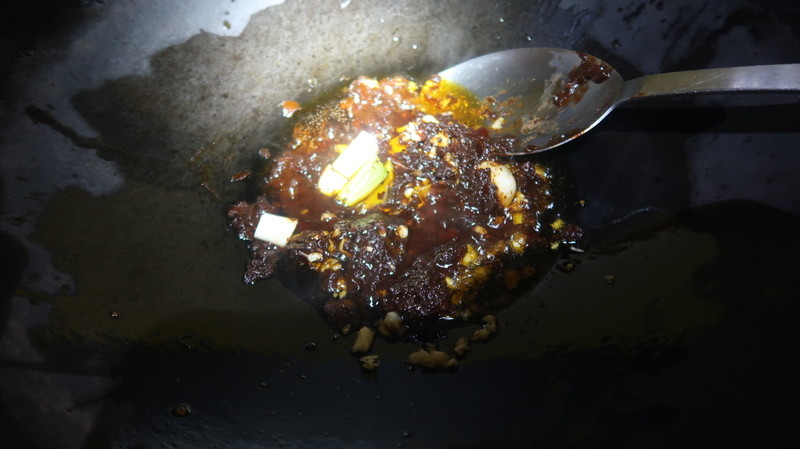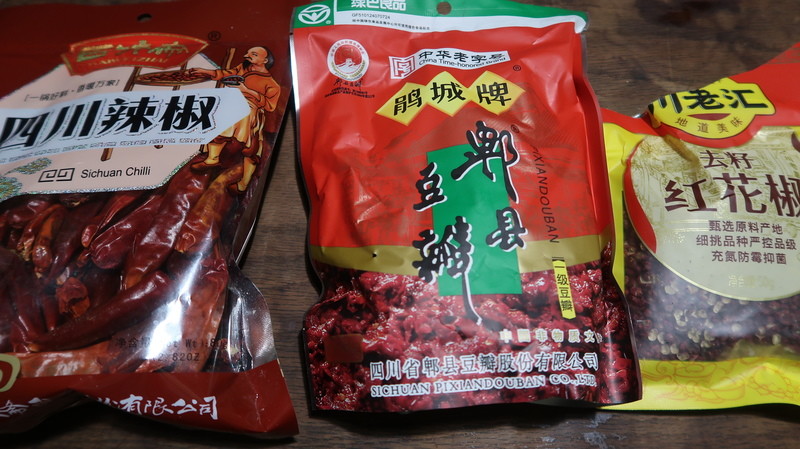Fedizens who enjoy Sichuan food:
-
Adrianna Tanreplied to Brett Sheffield (he/him) last edited by
@dentangle there’s a technique of tempering spices in oil across many major Asian cuisines that does exactly this. You’re roasting the spices over low heat in an oil.
When you smell a stronger fragrance or you see a visible layer separation or color change, that usually means you’re ready to move on to the next step
Not doing stuff like this will mean your food won’t have the same depth as at restaurants
-
@dentangle I’ll have to see the whole recipe to see if it’s the same (tho it is odd they recommend a hotpot seasoning, possibly a shortcut)
This is the best English resource I can find on what I’m describing
It exists in India and some middle eastern cooking as well
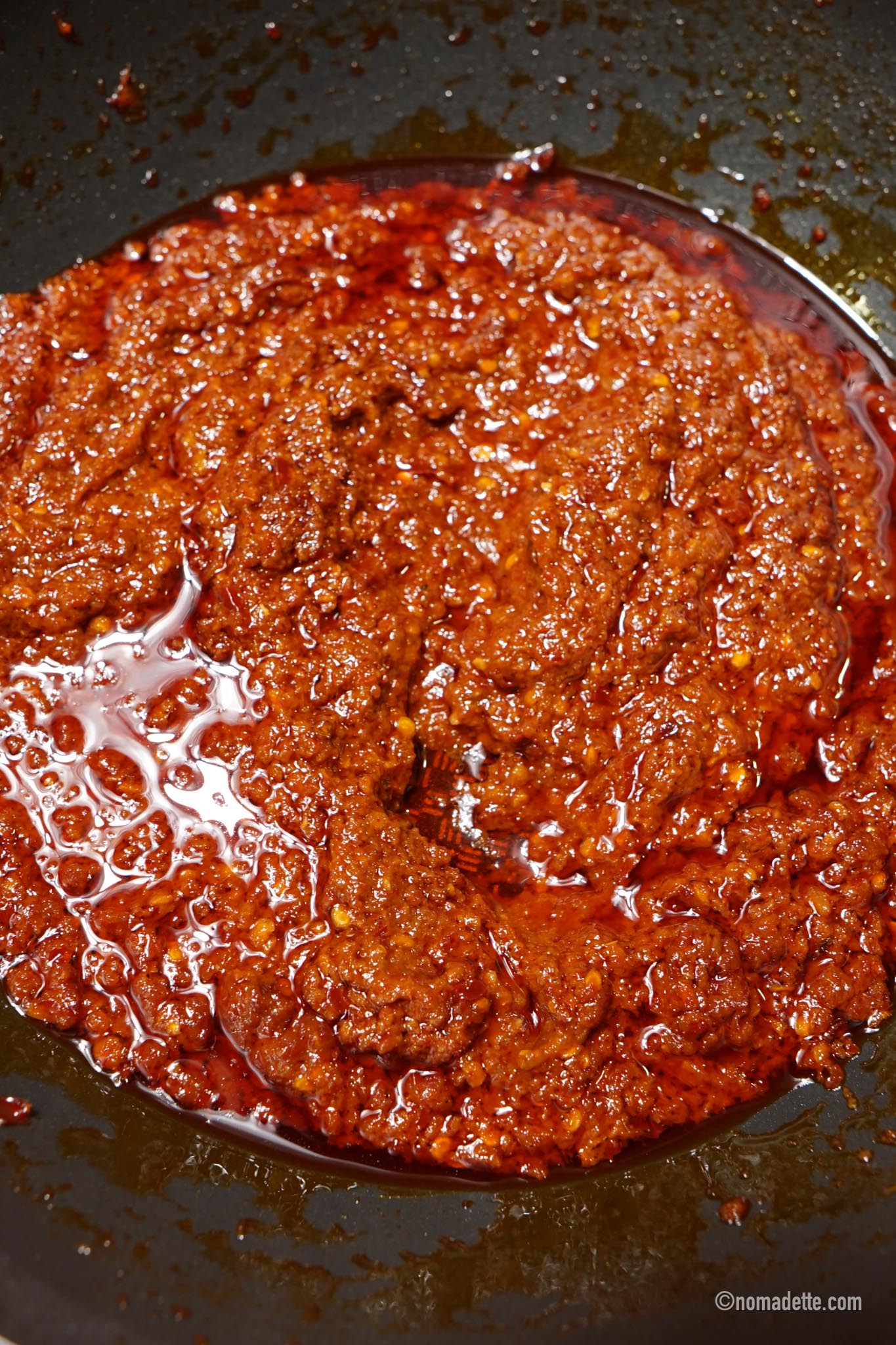
How to Cook Dried Chilli Paste | “Pecah Minyak” or ‘Oil Splitting’ - Nomadette
How to master the art of "pecah minyak" or "oil splitting" and properly cook dried chilli paste in Malay cooking.

Nomadette (nomadette.com)
-
Brett Sheffield (he/him)replied to Adrianna Tan last edited by
@skinnylatte Thanks. There's a similar idea in Indian cuisine called tarka or tadka. It looks like this is common in Sichuan cuisine also.
-
Adrianna Tanreplied to Brett Sheffield (he/him) last edited by [email protected]
@dentangle yep!
-
Brett Sheffield (he/him)replied to Adrianna Tan last edited by
@skinnylatte I'm just at the stage of looking at a lot of random recipes to get a general sense of the whole thing and the techniques. I haven't settled on a specific recipe to try yet.
I started cooking Cantonese dishes in August, and was surprised at how easy it was to make something of restaurant quality (compared to, say, Indian which took me years to get the hang of).
Sichuan, however, is something I've rarely even eaten and appears to be very different from Cantonese.
-
Adrianna Tanreplied to Brett Sheffield (he/him) last edited by
@dentangle oh they’re all so extremely different. Just like different types of Indian are also different (my fave Indian cuisine is Kongunadu from south India. Check out Kannamma Cooks blog)
I’m from a part of canton that is not Cantonese, and the food is completely different (flavorful origins documentary one Netflix features it, in season 1..)
Sichuan is functionally a whole other thing
And the ‘8 imperial cuisines of China’ (and the thousands of other)
-
Brett Sheffield (he/him)replied to Adrianna Tan last edited by
@skinnylatte Thanks for the link - this looks super useful. I managed to get my hands on some doubanjiang but have never cooked with it before.
-
@dentangle most Chinese restaurants abroad are Cantonese, they migrated first
In places with recent Chinese migration you can find more Sichuan and other foods
Depends on where you are! Where I am in SF, I barely get non-Cantonese food (a few here and there) but suburbs like Fremont, San Jose have tons more
If you have a location I can make some recs. New York’s flushing Chinatown is massive
So is Monterey park in Southern California. For regional non Cantonese Chinese foods
-
Adrianna Tanreplied to Brett Sheffield (he/him) last edited by
@dentangle chinese cooking demystified, made with lau and woks of life and red cook should set you up for a lot of Chinese cooking
It leans Cantonese but those are my faves
Spices N Pans on YouTube for Singaporean / Malaysian Chinese cooking (southern style)
Lucas Sin
Kenji’s The wok is a good cookbook that will give you a lot of info on techniques. Not exclusively Sichuan but he has a lot of the classics
-
Brett Sheffield (he/him)replied to Adrianna Tan last edited by
@skinnylatte I haven't been to a restaurant since March 2020 and I'm not likely to get to one soon, which is why I started re-creating meals from home. We're in rural France.
Oddly enough, one of the last places I ate out was in SF just before lockdown (we were re-routed via there as flights were starting to cancelled) and ate at a Sichuan place in one of the asian parts of town. No idea what it was called.
-
Brett Sheffield (he/him)replied to Adrianna Tan last edited by
@skinnylatte Of the Four Great Traditions, I'd never heard of two until a few weeks ago
 Looking forward to trying Lu and Huaiyang when I'm ready to move on from Sichuan.
Looking forward to trying Lu and Huaiyang when I'm ready to move on from Sichuan. -
Brett Sheffield (he/him)replied to Adrianna Tan last edited by
@skinnylatte Thanks for all the tips. Bookmarked and will follow up!
-
Kate Nyhanreplied to Brett Sheffield (he/him) last edited by
@dentangle
I think you would like this book
http://www.fuchsiadunlop.com/books/the-food-of-sichuan/ -
Brett Sheffield (he/him)replied to Kate Nyhan last edited by
@kdnyhan Thanks! Have added it to my list.
-
Adrianna Tanreplied to Brett Sheffield (he/him) last edited by
@dentangle ah ok!
well paris has a bunch of interesting chinese places these days. it has homemade tofu (best tofu, you can buy takeout), many many sichuan restaurants as well you could buy back to a hotel if yo'ure ever there
dusseldorf has a HUGE sichuan restaurant scene
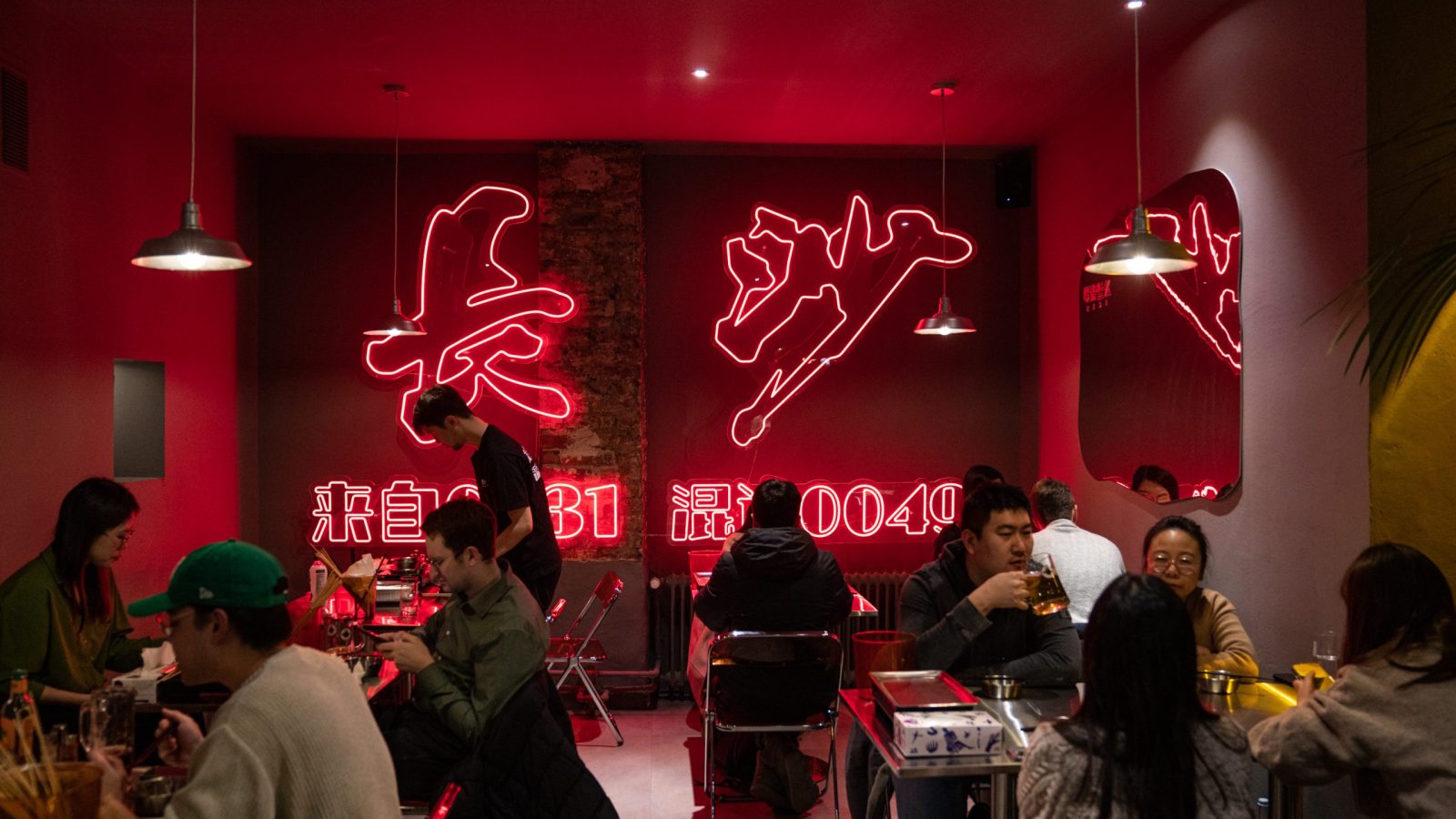
How China’s hottest social media app turned Düsseldorf into a foodie destination
Düsseldorf restaurants have seen a surge in Chinese tourists after “weekend trip to Düsseldorf” became a noticeable trend.

Rest of World (restofworld.org)
possibly the most exciting one in all of europe except london
paris also interestingly has incredible hotpot and ramen (kodawari)
all the best!
-
This week, I refilled my pepper grinder with a mixture of 1/4 Sichuan pepper kernals, and 3/4 black pepper; two different plant species I believe. The Sichuan numb or tingle the mouth, so I find it a bit bothersome, but mixing a bit in seems good. I am not eating nightshades (like cayenne) any more, so am stepping up other sorts of spices.
-
@Delib Aye. Sichuan "peppercorns" are apparently not from the pepper bush at all, whereas white, black and red pepper are all the same thing processed differently.
-
Brett Sheffield (he/him)replied to Brett Sheffield (he/him) last edited by
-
Brett Sheffield (he/him)replied to Brett Sheffield (he/him) last edited by
Above all, this *looks* like a sichuan dish. Bright red chillis and oils.
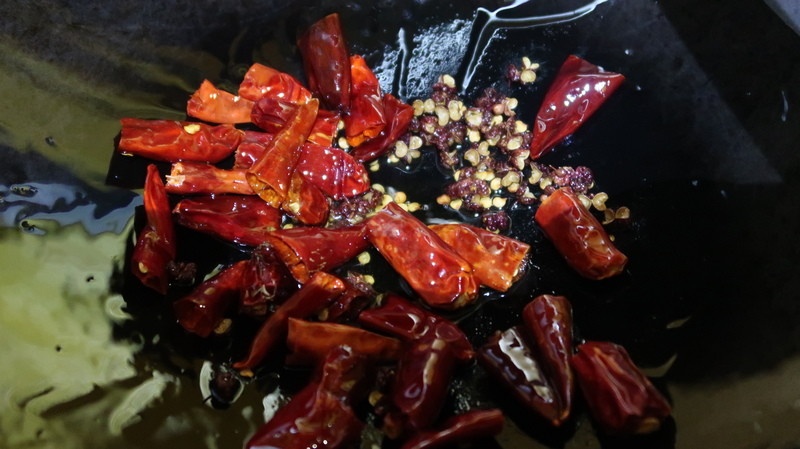
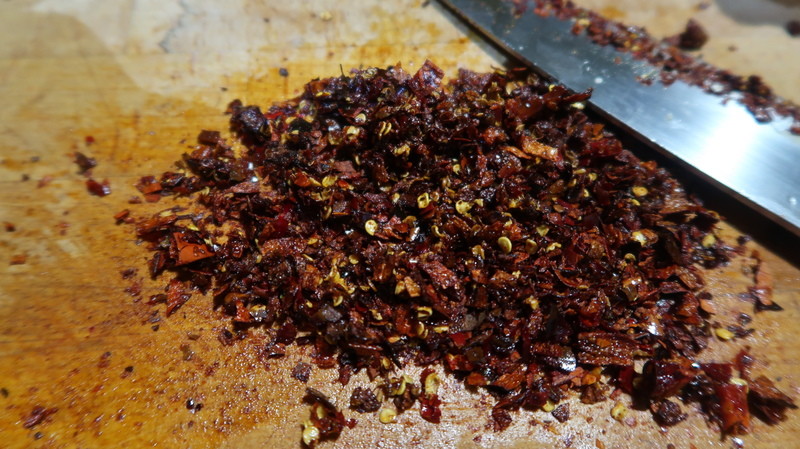
-
Brett Sheffield (he/him)replied to Brett Sheffield (he/him) last edited by
Frying the doubanjiang in oil until it changes colour. Thanks to @skinnylatte and @arichtman for explaining this step.
I've never cooked with doubanjiang before, but it became obvious what to do once it was in the pan. Very much like a tarka/tadka in Indian cuisine. The bean paste changes colour, becomes aromatic and the oil takes on that lovely sichuan red.
